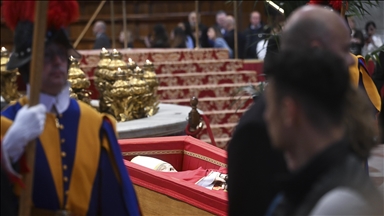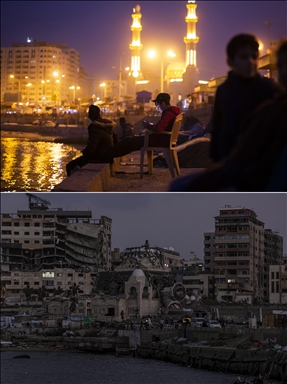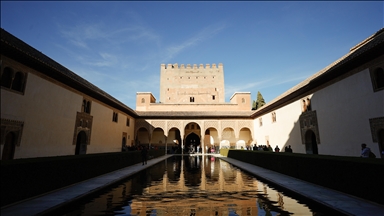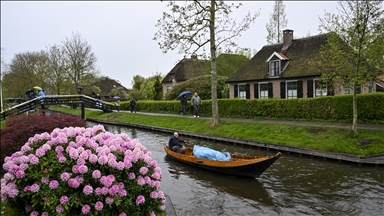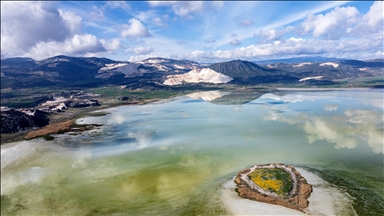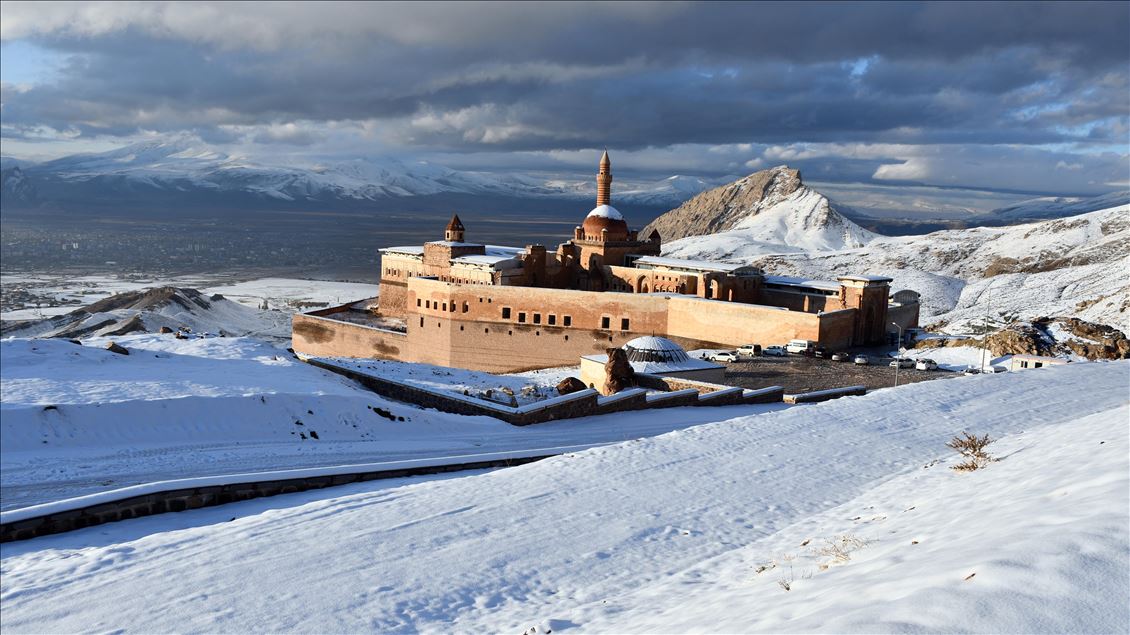
AGRI, TURKEY - NOVEMBER 2: Ishak Pasha Palace, a semi-ruined palace and administrative complex, is seen after snowfall at the Dogubeyazit district of Agri province of eastern Turkey, on November 2, 2019. It is the last large monumental structure of the Ottoman Empire, the Tulip Period, 18th century. Combining Ottoman, Seljuk, Georgian, Persian and Armenian design, the palace was begun in 1685 and completed in 1784 by an Ottoman general, Ishak Pasha. The palace has become the focus of interest for tourists and sees remarkable hike in visitors number for the last four years. ( Göksel Cüneyt İğde - Anadolu Agency )
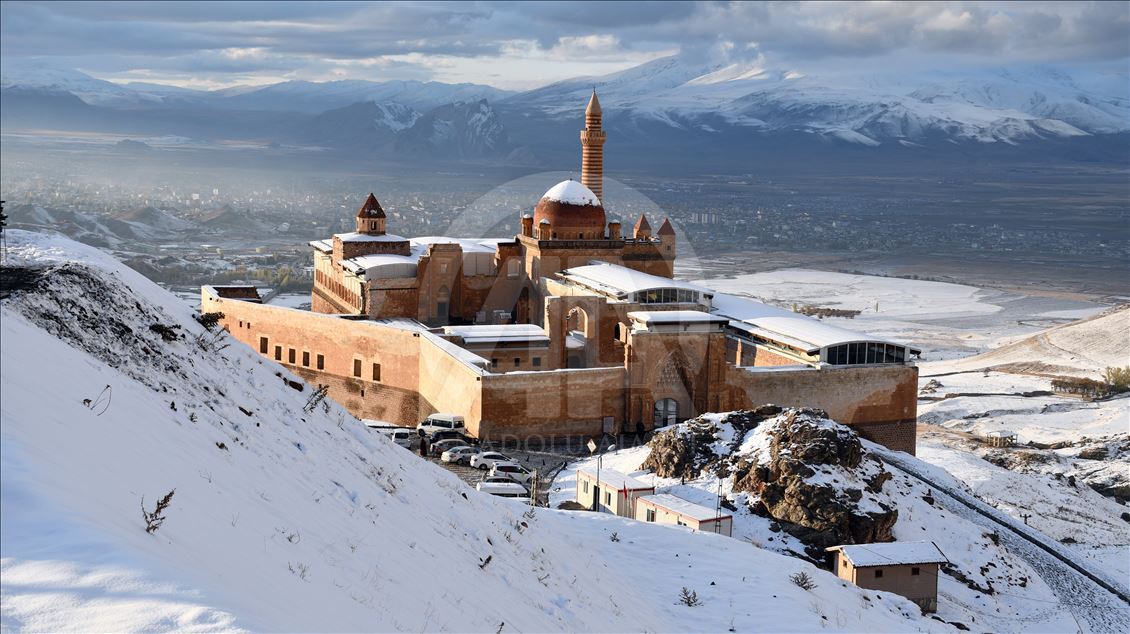
AGRI, TURKEY - NOVEMBER 2: Ishak Pasha Palace, a semi-ruined palace and administrative complex, is seen after snowfall at the Dogubeyazit district of Agri province of eastern Turkey, on November 2, 2019. It is the last large monumental structure of the Ottoman Empire, the Tulip Period, 18th century. Combining Ottoman, Seljuk, Georgian, Persian and Armenian design, the palace was begun in 1685 and completed in 1784 by an Ottoman general, Ishak Pasha. The palace has become the focus of interest for tourists and sees remarkable hike in visitors number for the last four years. ( Göksel Cüneyt İğde - Anadolu Agency )
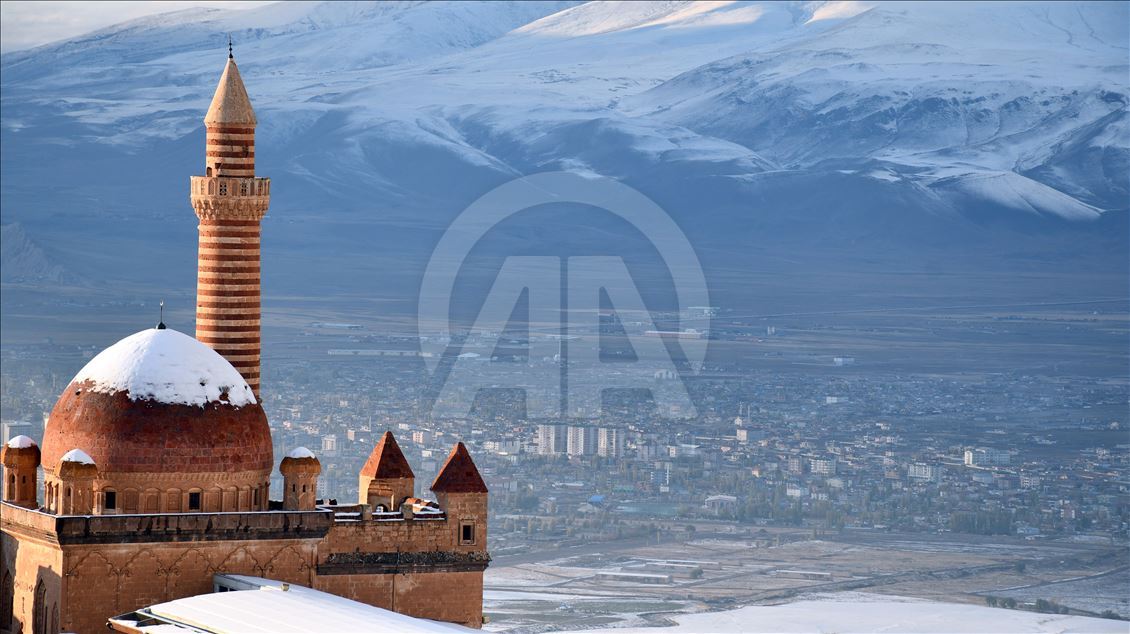
AGRI, TURKEY - NOVEMBER 2: Ishak Pasha Palace, a semi-ruined palace and administrative complex, is seen after snowfall at the Dogubeyazit district of Agri province of eastern Turkey, on November 2, 2019. It is the last large monumental structure of the Ottoman Empire, the Tulip Period, 18th century. Combining Ottoman, Seljuk, Georgian, Persian and Armenian design, the palace was begun in 1685 and completed in 1784 by an Ottoman general, Ishak Pasha. The palace has become the focus of interest for tourists and sees remarkable hike in visitors number for the last four years. ( Göksel Cüneyt İğde - Anadolu Agency )

AGRI, TURKEY - NOVEMBER 2: Ishak Pasha Palace, a semi-ruined palace and administrative complex, is seen after snowfall at the Dogubeyazit district of Agri province of eastern Turkey, on November 2, 2019. It is the last large monumental structure of the Ottoman Empire, the Tulip Period, 18th century. Combining Ottoman, Seljuk, Georgian, Persian and Armenian design, the palace was begun in 1685 and completed in 1784 by an Ottoman general, Ishak Pasha. The palace has become the focus of interest for tourists and sees remarkable hike in visitors number for the last four years. ( Göksel Cüneyt İğde - Anadolu Agency )

AGRI, TURKEY - NOVEMBER 2: Ishak Pasha Palace, a semi-ruined palace and administrative complex, is seen after snowfall at the Dogubeyazit district of Agri province of eastern Turkey, on November 2, 2019. It is the last large monumental structure of the Ottoman Empire, the Tulip Period, 18th century. Combining Ottoman, Seljuk, Georgian, Persian and Armenian design, the palace was begun in 1685 and completed in 1784 by an Ottoman general, Ishak Pasha. The palace has become the focus of interest for tourists and sees remarkable hike in visitors number for the last four years. ( Göksel Cüneyt İğde - Anadolu Agency )
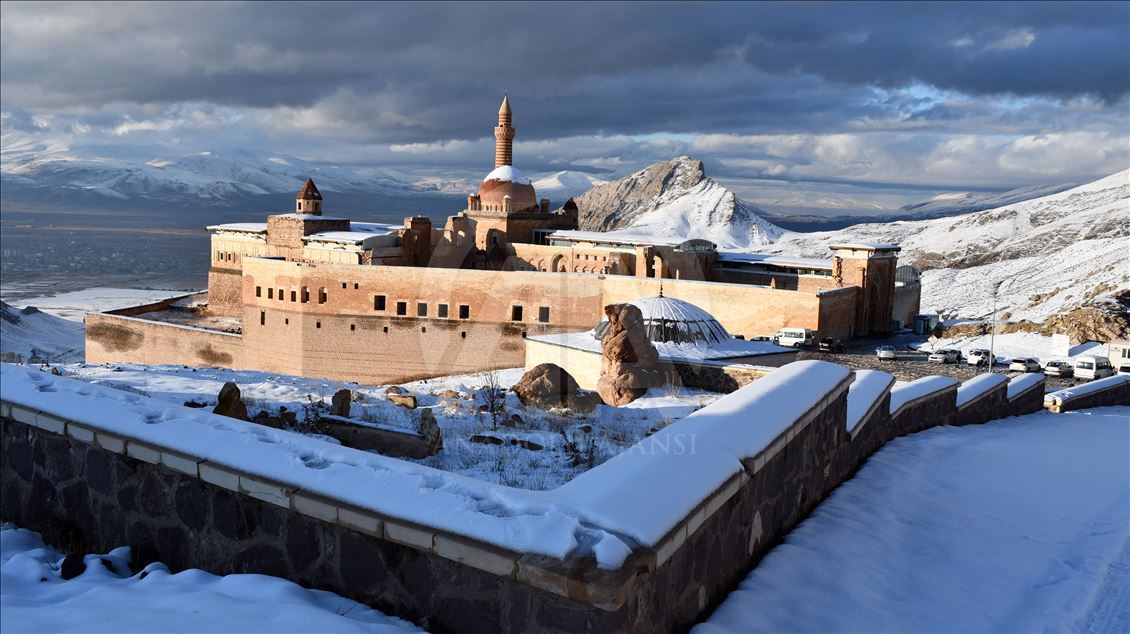
AGRI, TURKEY - NOVEMBER 2: Ishak Pasha Palace, a semi-ruined palace and administrative complex, is seen after snowfall at the Dogubeyazit district of Agri province of eastern Turkey, on November 2, 2019. It is the last large monumental structure of the Ottoman Empire, the Tulip Period, 18th century. Combining Ottoman, Seljuk, Georgian, Persian and Armenian design, the palace was begun in 1685 and completed in 1784 by an Ottoman general, Ishak Pasha. The palace has become the focus of interest for tourists and sees remarkable hike in visitors number for the last four years. ( Göksel Cüneyt İğde - Anadolu Agency )











